Editor’s Key Takeaways: Mastering Headshots: Essential Photography Tips and Techniques

Headshot photography is an essential skill for photographers looking to diversify their services. While headshots are straightforward, they require specific techniques to produce quality results. This article outlines effective tips to improve headshot photography.
- Understand Your Client’s Requirements: Tailor the session to the client’s needs and purpose of the headshot.
- Choose the Correct Camera Lens: Use an appropriate lens to highlight facial features without distortion.
- Ensure Your Camera is Setup Beforehand: Be fully prepared to avoid delays and ensure smooth shooting.
- Consider Alternative Locations: Different settings can add personality and relevance to the headshot.
- Consider both Natural and Forced Lighting: Use light creatively to enhance your subject’s best features.
- Reinforce your Client and Give them Encouragement: Keep your client relaxed and confident for the best expressions.
- Take Multiple Shots and Try Different Compositions: Capture various angles and expressions to provide options.
- Ensure Your Focus is On-Point – Review Your Shots: Double-check focus to ensure clarity and sharpness.
- Edit Photos Afterward Using Post-Processing Software: Enhance and retouch images for the best final product.
- Practice Makes Perfect: Keep practicing to refine your skills and achieve consistency.
By mastering these tips, photographers can provide professional and compelling headshots, adding another valuable service to their portfolio.
Introduction
As a photographer, mastering various techniques and diversifying your services is crucial. Offering headshot photography is one way to expand your portfolio and income. Though headshots are relatively simple, they require a specific skill set and approach.
This article provides essential headshot photography tips to help you deliver fantastic services and enhance your photographic offerings.
What is a Headshot Photograph?
A headshot is a portrait focusing exclusively on one individual, typically capturing the shoulders and head. These photos are often used for promotional and business purposes.
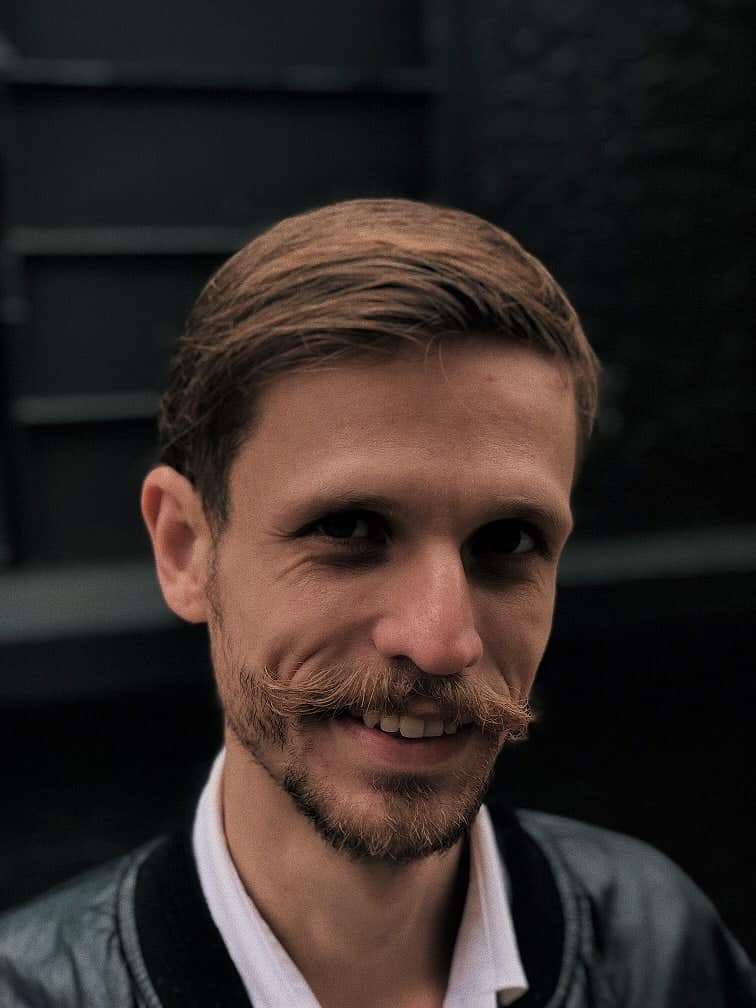
Different Types of Headshot Photographs
Entertainment Industry
Used in the film, TV, and theater industries, entertainment headshots are often included with resumes to provide casting staff a visual reference. They can also showcase an actor’s range of emotions and styles.
Modeling Industry
Modeling headshots, or comp cards, highlight a model’s current look. These photos are frequently retouched to remove blemishes but maintain distinct facial features like scars or moles.
Corporate / Business
Corporate headshots are often featured on company websites and promotional materials, providing a human face to a corporation and making them appear approachable.
Branded
Branded headshots incorporate specific company branding elements, such as color schemes or digital backgrounds, requiring both photography and graphic design skills.
10 Awesome Headshot Photography Tips
Having a strong understanding of what constitutes a headshot is crucial. With these tips, you can enhance your skills and provide excellent headshot services.
1. Understand Your Client’s Requirements
Listening to your client is essential. Obtain clear information on their headshot needs to ensure the final product meets their expectations. Consider asking questions about the headshot’s purpose, color format, background type, and style.
2. Choose the Correct Camera Lens
Using a specialized portrait lens can significantly improve headshot quality. Fixed zoom lenses with higher apertures encourage creativity. Suitable lenses include 50mm, 80mm, and 135mm fixed lenses, as well as 24-70mm and 70-200mm zoom lenses.
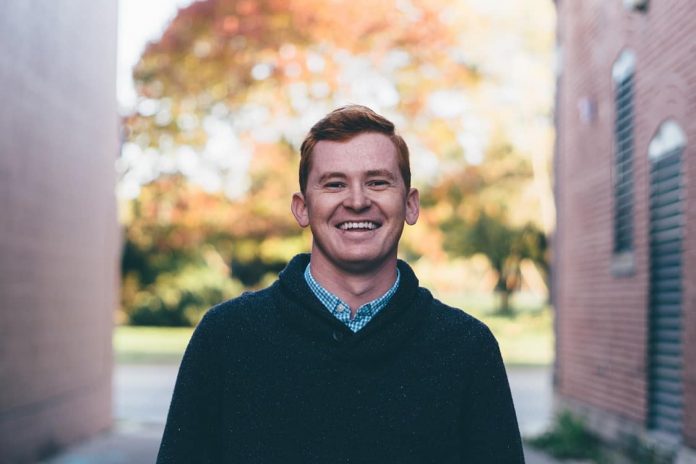
3. Ensure Your Camera is Setup Beforehand
Prepare your camera in advance to avoid wasting time. Ensure batteries are charged, memory cards are present and empty, and camera settings are appropriate for the shoot.
4. Consider Alternative Locations
Explore different settings beyond the typical studio background, such as parks, offices, or urban streetscapes, to add personality and context to the headshot.

5. Consider both Natural and Forced Lighting
Utilize natural lighting whenever possible for a more appealing outcome. If using artificial lighting, ensure it complements the subject without being harsh. Experiment with flash and diffusers to achieve the desired effect.
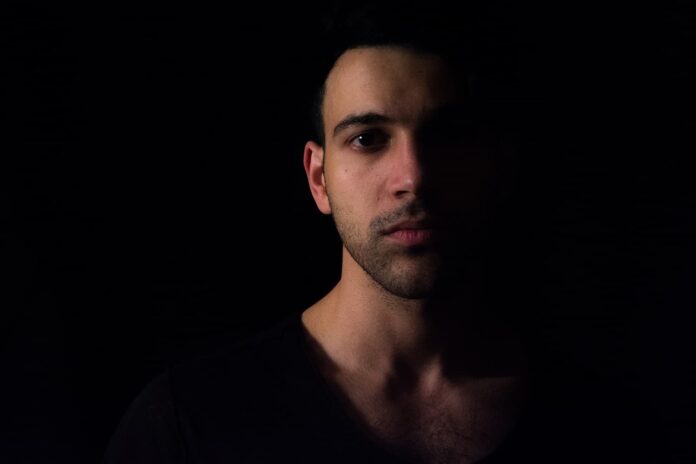
6. Reinforce your Client and Give them Encouragement
Maintain a positive and encouraging environment to help your client relax and express their best self. Provide feedback and make the session enjoyable to capture natural and confident expressions.
7. Take Multiple Shots and Try Different Compositions
Capture a variety of shots and compositions to provide your client with options. Experiment with angles and styles to find the best representation of your subject.
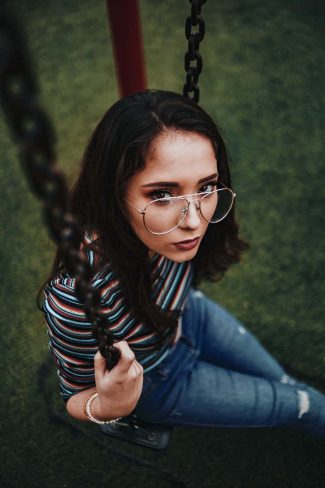
8. Ensure Your Focus is On-Point – Review Your Shots!
Maintain sharp focus on your subject’s face and shoulders. Regularly review your shots to ensure clarity and adjust settings as necessary.
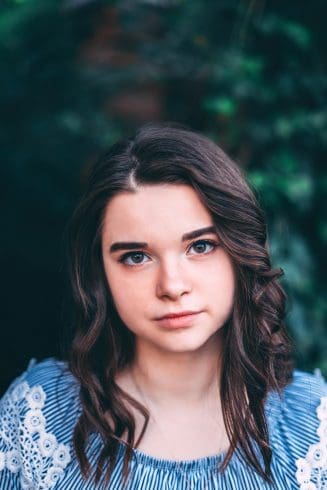
9. Edit Photos Afterward Using Post-Processing Software
Post-processing can enhance headshots by adjusting temperature, white balance, and removing blemishes. Ensure edits align with the client’s preferences and requirements.
10. Practice Makes Perfect!
Regular practice is key to mastering headshot photography. Experiment with different techniques and settings to refine your skills and foster creativity.
Headshot photography, when done well, can greatly enhance your portfolio and client base. With the right approach and practice, these tips will become second nature, improving your technique and results.
